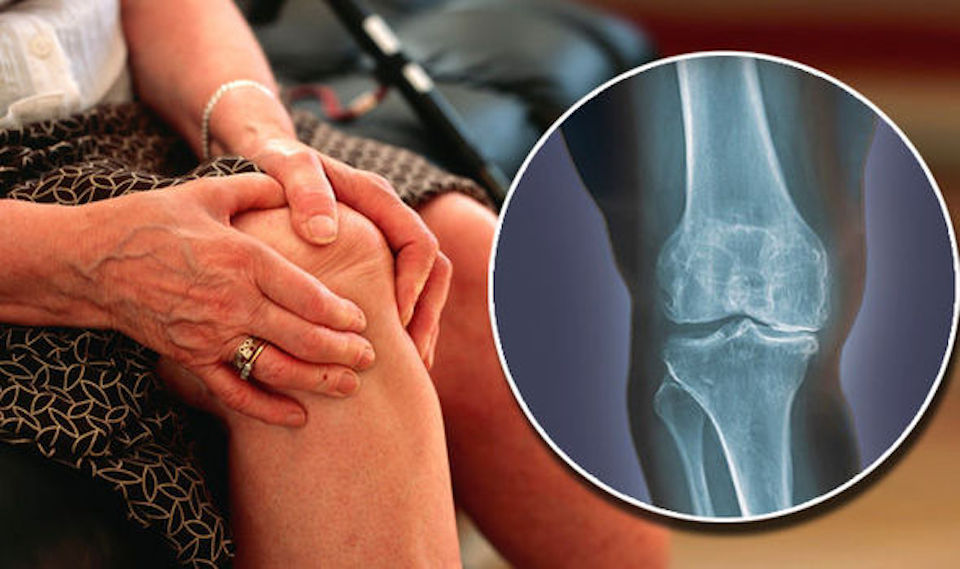Osteoarthritis
What is osteoarthritis (OA)?
Osteoarthritis (OA) is a condition that affects the whole joint including bone, cartilage, ligaments and muscles. In later stages it is characterized by loss of the cartilage but there are many causes. OA mainly affects people at older ages, but it can develop in younger people. Osteoarthritis is different to osteoporosis. Osteoporosis is a condition where the bones become fragile and brittle, causing them to break more easily.
What are the symptoms?
The symptoms of OA vary from person to person. Your symptoms will also depend on which joints are affected. OA tends to come on slowly, over months or even years. The most common symptoms are pain and stiffness of the joints. These feelings are usually worst with activity initially but can be more constant in later disease. These symptoms may affect your ability to do normal daily activities, such as walking, climbing stairs and opening jars.
What causes it?
OA is not fully understood. Research shows there are some things that may put you at more risk of developing OA in certain joints, such as:
•knees being overweight, having a previous knee injury, jobs involving kneeling, climbing and squatting
•hips: being overweight, having a previous hip injury, jobs involving lifting heavy loads (including farming)
•hands: having a history of OA in the family.
How is it diagnosed?
Your doctor will diagnose OA from your symptoms and a physical examination. An x-ray may show the narrowing and changes in the shape of your joint. However x-rays do not diagnose how much trouble you will have. An x-ray that shows joint damage does not always mean you will have a lot of pain or problems.
On the other hand your joint may be very painful despite x-rays being normal. Blood tests are only helpful to rule out other types of arthritis.
What will happen to me?
The impact of OA on your normal activities and lifestyle depends on which joints are affected. However the outlook for most people with OA is very positive. For many people OA will be mild and not cause major problems. OA of the hip and knee can cause servere disability and surgery to replace joints is often very effective but only indicated after failure of less invasive approaches such as weight loss and exercise.
Is there a cure for OA?
Currently there is no cure for OA. While there are treatments that can effectively control symptoms, you should be wary of products or therapies that claim to cure OA.
What treatments are there for OA?
Treatments for OA vary depending on which joints are affected and the severity of your condition. There is no way of predicting exactly which treatment will work best for you. Each treatment has its own benefits and risks. Your doctor may need to trial several different treatments before finding the one that is right for you.
In general terms, treatment usually includes:
• an exercise program designed to suit your needs
• a weight loss program, if you are overweight
• simple pain relief, using medicines such as paracetamol
• non-steroidal anti-inflammatory drugs (NSAIDs)
• joint replacement surgery, if your symptoms are no longer controlled with other therapies.

